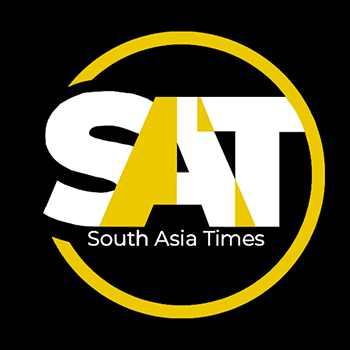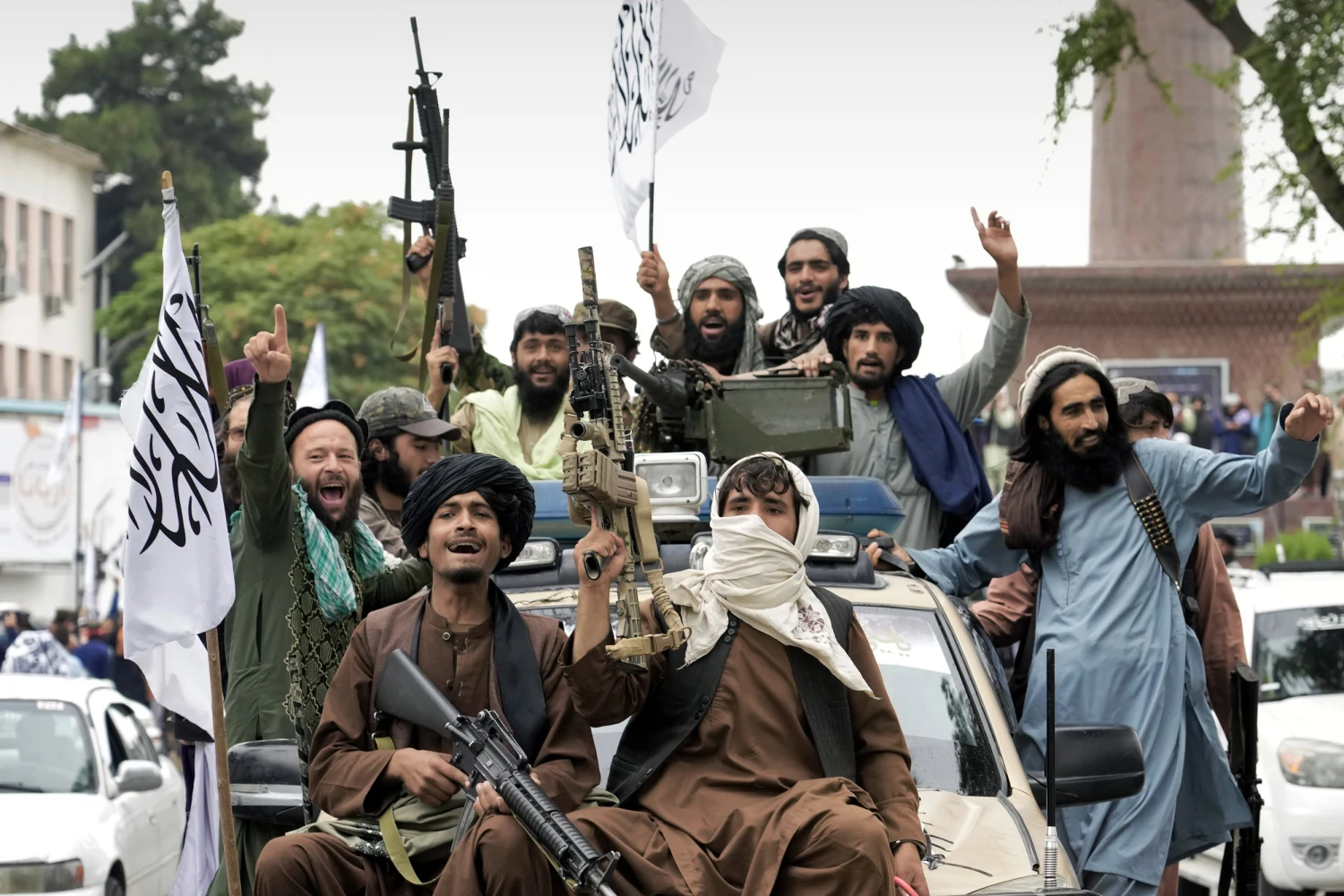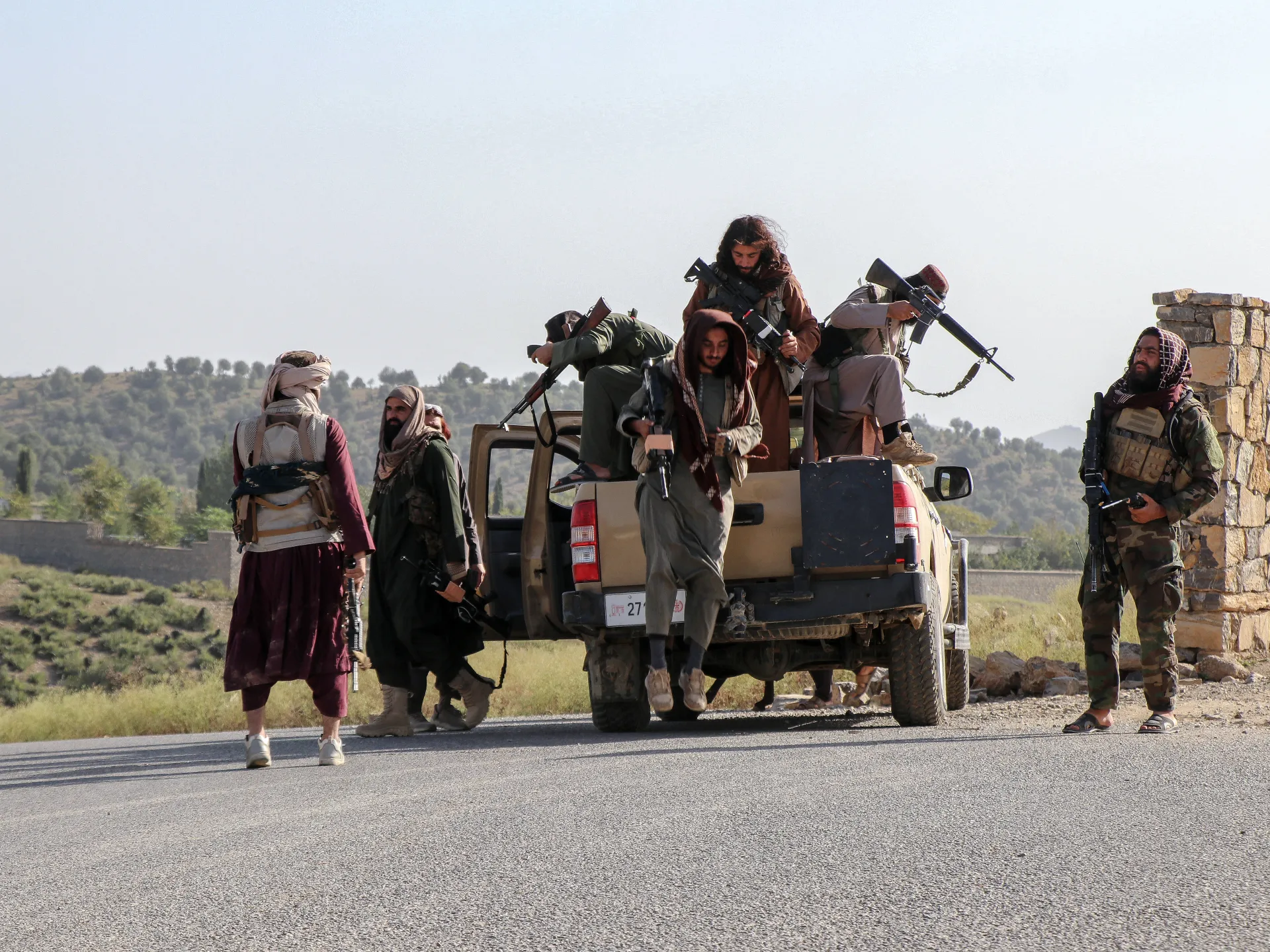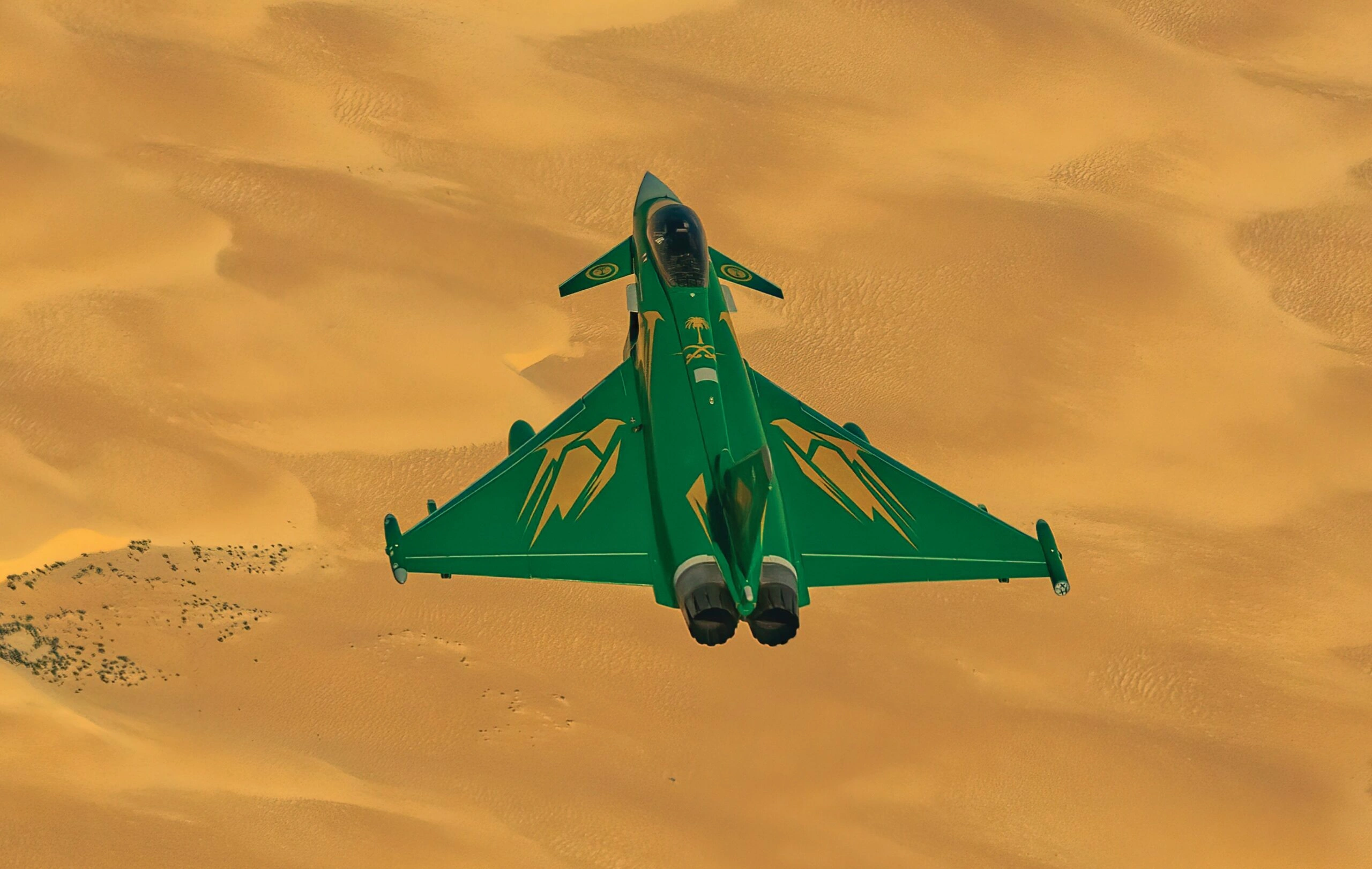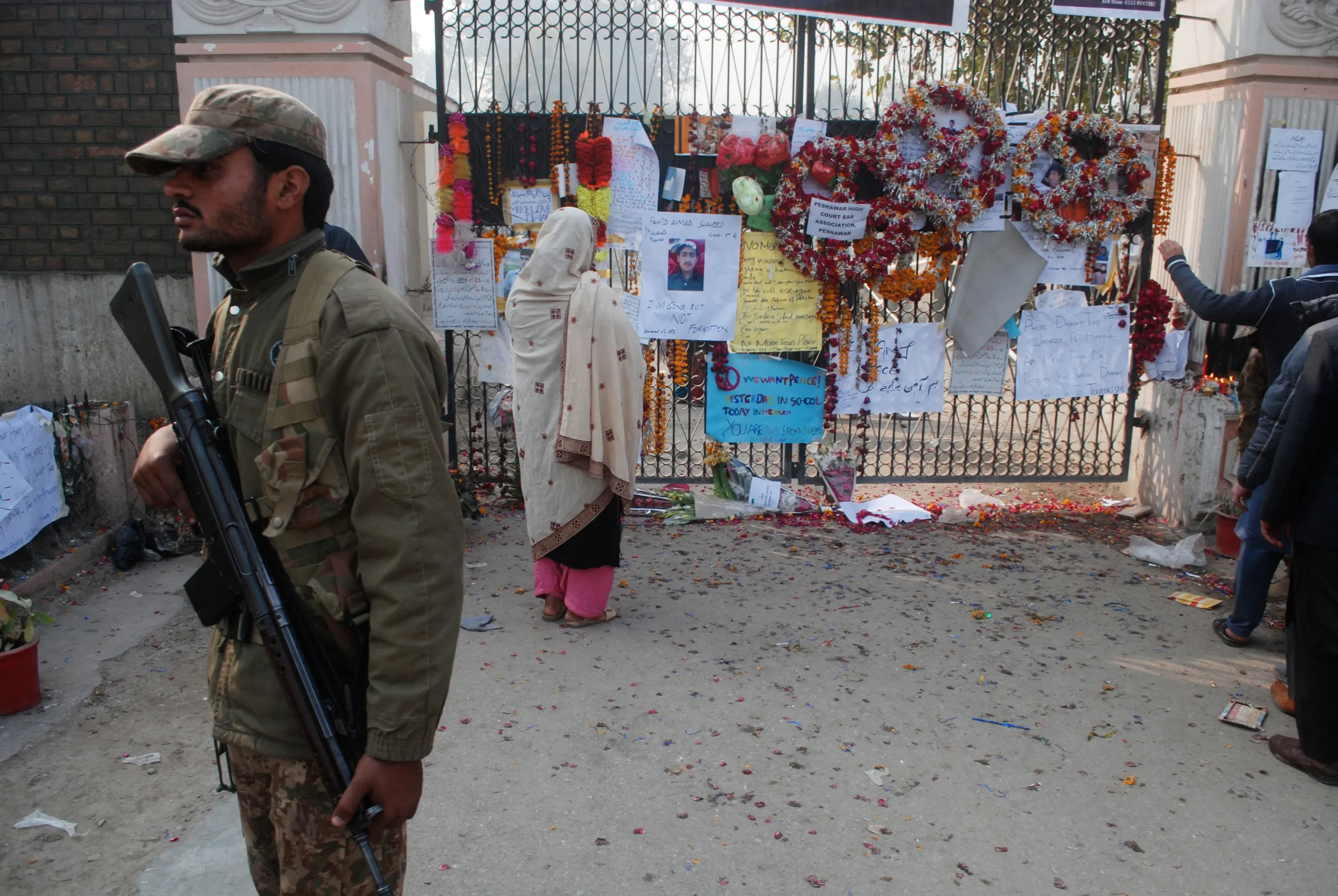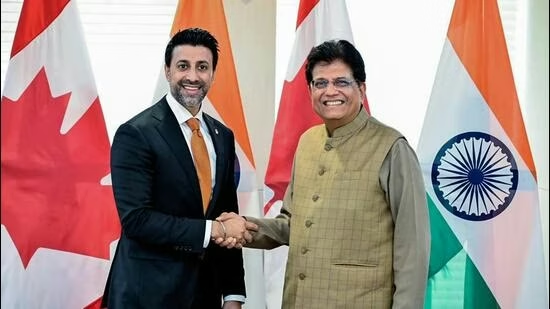Afghanistan’s status as a sprawling terror hub is no longer just a regional headache—it has morphed into a pivotal fulcrum of global power politics. The 35th United Nations Monitoring Team report lays bare a landscape where groups like Islamic State Khorasan (ISIL-K), Al-Qaeda, and a complex network of terrorists operate with near impunity.
While the Baloch Liberation Army (BLA) claims to fight for Baloch independence, its alleged ties to religious extremist groups like Tehrik-i-Taliban Pakistan (TTP) and East Turkestan Islamic Movement/ Turkistan Islamic Party (ETIM/TIP), as well as its collaboration with ISIL-K, suggest a more sinister convergence of interests.
This emerging nexus is part of a broader phenomenon in which ethno-nationalist terrorism is increasingly overlapping with ethno-religious extremist networks, creating hybrid threats that defy traditional counterterrorism classifications.
In addition, the rise of Tehreek-e-Jihad Pakistan (TJP) further illustrates this dangerous intersection. Functioning as an umbrella organization, TJP has brought together factions from TTP, Al-Qaeda, and Afghan Taliban splinter groups, amplifying their reach and operational synergy. This convergence blurs ideological distinctions, as groups initially driven by territorial or nationalist aspirations increasingly adopt the transnational jihadist playbook—leveraging shared resources, logistics, and ideological narratives to advance both their political and religious goals.
With ISIL-K expanding its extra-regional attacks, Al-Qaeda embedding deeper into Afghan Taliban-controlled territory, and groups like TTP and ETIM/TIP using Afghan soil as a launchpad for regional destabilization, Afghanistan is once again the nerve centre of transnational terrorism. But while the Taliban’s lax counterterrorism measures have allowed these groups to flourish, the true enigma lies in who is pulling the strings behind the scenes.
Moreover, beyond the counterterrorism rhetoric, Afghanistan is now a battleground for a far greater contest—one between Washington and Beijing over its future. As regional and global powers deal with this shifting landscape, the fusion of ethno-nationalist and ethno-religious terrorism poses an unpredictable and escalating threat to stability far beyond South Asia.
Trump’s 2025 Pivot and a Shifting Global Narrative
Imagine a 2025 where a resurgent Trump pivots American policy away from the worn-out “global war on terror.” His first presidency saw an unceremonious withdrawal deal with the Afghan Taliban, and his rhetoric suggests a further retreat from interventionist policies.
This time, instead of military interventions, the American focus shifts to economic coercion and strategic containment—a pivot that may leave traditional counterterrorism paradigms by the wayside.
With America’s spotlight dimming on terrorism, Afghanistan risks becoming a vast sandbox for extremist consolidation. This means groups like the TTP and Baluchistan Liberation Army (BLA) might operate with even less U.S. scrutiny, forcing Islamabad to recalibrate its approach toward these outfits—which Pakistan has repeatedly linked to Indian backing. This policy reorientation is not just a change in rhetoric; it carries tangible risks. Without a robust U.S. counterweight, militant groups could expand their operations, further destabilizing a region that now doubles as a global chessboard in the rivalry between Washington and Beijing.
Also See: Trump Returns: What it Means for Pakistan and Afghanistan
The US-China Standoff Over Afghanistan’s Future
In this evolving paradigm, Afghanistan is no longer just a security concern—it’s the ultimate geopolitical prize. China’s Belt and Road Initiative (BRI) sees the country as a strategic artery for trade and infrastructure, while the U.S. angles for economic pressure and diplomatic isolation to counter Beijing’s ambitions.
For Beijing, Afghanistan is both a gateway and a shield—a key partner in the BRI and a frontline in suppressing Uyghur-linked groups like ETIM. The U.S., meanwhile, may weaponise Afghan instability as a pressure point against both China and Pakistan, ensuring that volatility spills over into Xinjiang while keeping India firmly on its side. This growing divergence has made the Taliban masters of diplomatic brinkmanship, playing both superpowers against each other while continuing to harbour militant groups that serve various regional agendas.
The battle over Afghanistan is no longer just about terrorism—it’s a geopolitical fault line where superpowers collide.
Reports of a US-China standoff over who controls the Afghanistan file at the UN underscore these deepening rifts. As Washington and Beijing manoeuvre for dominance, Afghan soil becomes more than a battleground—it becomes a chessboard, where the fates of terrorist networks, economic corridors, and regional stability are all intertwined. Every policy decision sends ripples, from disrupting global supply chains to igniting proxy conflicts that stretch far beyond South Asia.
The Proxy Playbook: TTP and BLA as Alleged Indian Proxies
A crucial shift emerges in the narrative when we scrutinize the role of terrorist proxies. Contrary to outdated notions that painted groups like the Tehrik-i-Taliban Pakistan (TTP) and the Baluchistan Liberation Army (BLA) as ethno-religious and ethno-cultural movements born out of local grievances, mounting evidence—suggests a different reality.
According to the intelligence dossiers, they function as proxies under the influence of Indian strategic interests. (India’s Research and Analysis Wing (RAW) is accused of funnelling resources, training, and operational support to these groups, using Afghan terrain as a safe haven. This rebranding of the proxy narrative shifts the regional blame game, complicating Islamabad’s security calculus.
Pakistan’s Dilemma: To Leash or Unleash Proxies?
However, with terrorism losing its place in America’s security priorities under Trump 2.0, Pakistan might find itself at a crossroads. The TTP’s unrelenting attacks on Pakistani soil, coupled with its growing ties to Al-Qaeda and ISIL-K, present a crisis for Islamabad. If Washington is less inclined to police Pakistan’s handling of proxies like the BLA, would Islamabad crack down on certain terrorist factions while recalibrating its approach toward others? The Afghan Taliban’s open patronage of the TTP has already frayed Pakistan-Taliban relations, but with Trump’s indifference, Islamabad may recalibrate its position—either by engaging in more kinetic action in Afghanistan or striking a covert understanding with certain groups.
India’s Stake: Watching the Great Game Unfold
For India, Afghanistan remains a strategic concern, particularly given Pakistan’s historical relation with the Afghan Taliban. New Delhi has invested in Afghanistan’s infrastructure, hoping to maintain leverage, but with the Afghan Taliban’s overtures to China and Pakistan, India’s position is becoming precarious. The realignment of U.S. interests under Trump could see India stepping up its intelligence footprint in Afghanistan, especially to manage China’s increasing sway. If the U.S. distances itself from Afghanistan’s security dynamics, India may find itself compelled to engage more directly—either diplomatically or through backchannel manoeuvres.
Ansar Ghazwatul Hind: The Kashmir Factor Returns
Adding another layer to the mix is the reappearance of Ansar Ghazwatul Hind—the Kashmir-centric branch of Al-Qaeda—after a hiatus of nearly eighteen months. Once dormant, its resurgence signals not just a revival of militant fervour in Kashmir, but also hints at a recalibration of militant strategy in the broader South Asian theatre.
For India, the reemergence of Ansar Ghazwatul Hind is a double-edged sword: while it intensifies domestic security concerns, it also forces New Delhi to recalibrate its strategic approach, especially toward China and Pakistan amid shifting dynamics in the region.
Historically, the use of proxy groups has shaped the dynamics between rival states, but the re-emergence of local Kashmiri resistance complicates this long-standing approach, introducing new dimensions to the security calculations of all parties involved.
What’s Next? Implications for Pakistan, India, and Global Order
Afghanistan is no longer just a failed state harbouring terrorists—it is the centre of an intensifying global power struggle. The UN report underscores a dangerous reality: the country is a breeding ground for extremism, with its chaos weaponised by multiple state and non-state actors. If Trump’s return shifts America’s focus away from counterterrorism, Afghanistan could become an unchecked petri dish for violent extremism. At the same time, U.S.-China competition over who dictates Afghanistan’s future could push the region into deeper instability.
With American focus shifting and China poised to expand its economic foothold, Afghanistan’s chaotic state could catalyse a new era of proxy warfare and regional instability. Pakistan may be forced to revisit its policy toward terrorist proxies—not as indigenous adversaries, but as actors manipulated by external forces.
For India, the stakes have never been higher. The alleged use of TTP and BLA as Indian proxies, combined with the resurfacing of Ansar Ghazwatul Hind, might compel New Delhi to tighten its intelligence apparatus and fortify its security strategies in Kashmir and beyond. At the same time, the U.S.-China competition over Afghanistan will likely force all regional players into a delicate balancing act, where every decision reverberates across borders.
In this complex web of terrorism, proxy politics, and great-power rivalry, Afghanistan is no longer just a failed state—it’s a barometer for the future of international security. As global narratives shift and new alliances form, the world must grapple with a stark reality: the next chapter in this volatile saga could redefine not only regional stability but the very balance of global power.
Afghanistan’s fate is now entangled in a larger geopolitical contest where terrorism is just another chess piece. The world must brace itself for what comes next.
